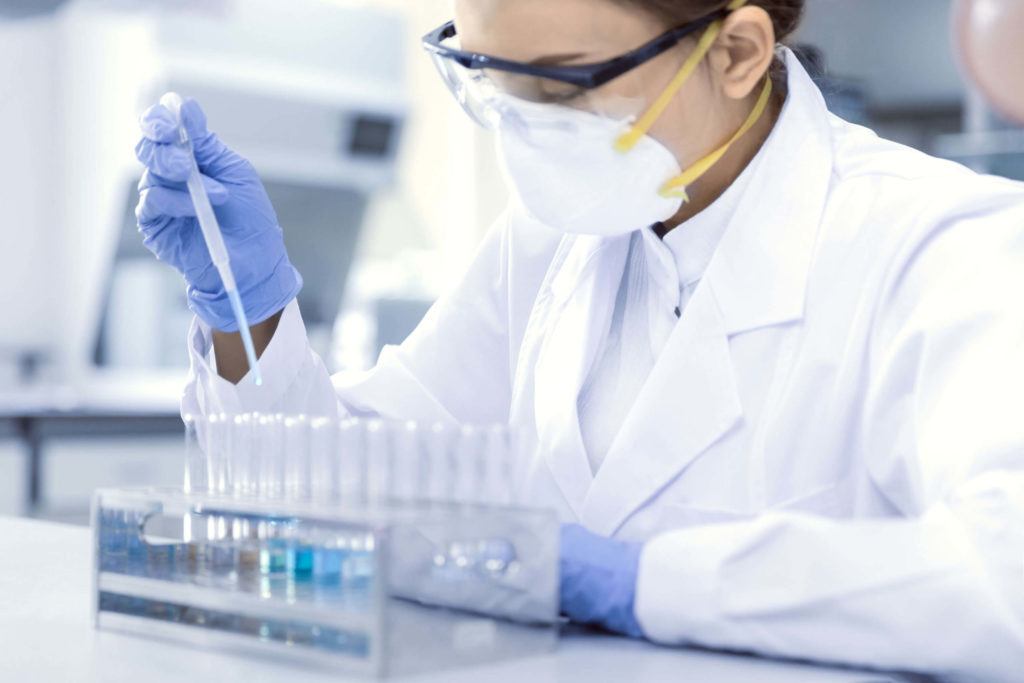Simultaneous Determination of Drug Concentrations

Background
A Pharmaceutical Company was developing a new drug candidate based on an existing approved chemotherapy agent. The novel drug uses a linking molecular tag that covalently bonds the agent to plasma proteins, providing gradual release and low systemic exposure.
The Challenge
The Company had been analyzing free and bound drug concentrations using two separate assays on two separate plasma aliquots throughout their preclinical studies. The first assay employed acid hydrolysis to liberate the bound drug and determine the “total” concentration of the free and bound drug combined. The second assay was performed without the hydrolysis step to determine the free drug concentration. Bound drug concentrations were then inferred by the difference in the two assays.
Before moving on to clinical trials, the FDA strongly encouraged the development of a new method to directly determine both free and bound drug concentrations.
The Solution
Our scientists developed a novel analytical scheme in which the free fraction was first recovered by a protein precipitation technique while the bound drug remained trapped in the precipitate. After re-washing the precipitated protein to remove all free drug, the bound drug in the retained precipitate was liberated by acid hydrolysis thereby yielding unique fractions representing the free and bound drug originating from the same sample aliquot. In addition, the free drug was derivatized with propyl chlorformate and the bound drug was reacted with ethyl chloroformate. The fractions were then combined and analyzed simultaneously.
Using this new approach, we were able to obtain definitive free and covalently bound drug concentrations from the same aliquot. The method was successfully validated, enabling the client to proceed with clinical trials.